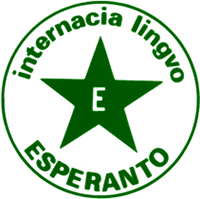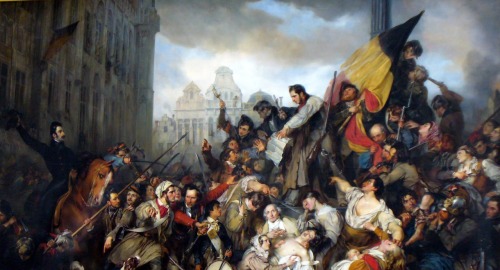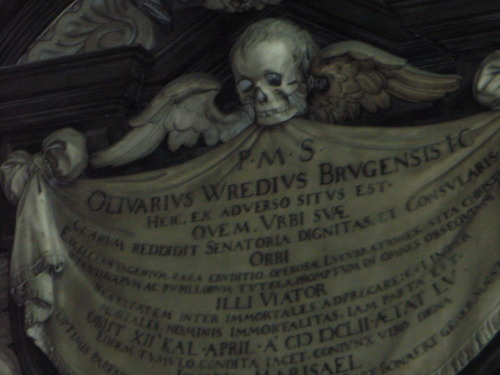 Esperanto isn’t a language I talk about much, perhaps because it isn’t very well known among the general populace of the world, and perhaps because I haven’t had much occasion to speak it. But I have been learning it for more than a year now, and a couple of evenings ago I finally got to talk to some real live Esperantists in London.
Esperanto isn’t a language I talk about much, perhaps because it isn’t very well known among the general populace of the world, and perhaps because I haven’t had much occasion to speak it. But I have been learning it for more than a year now, and a couple of evenings ago I finally got to talk to some real live Esperantists in London.
They were very kind, and patient as I got into the groove of listening to and speaking Esperanto. I could understand better as we went along, and although I sometimes didn’t know a certain word, I was able to carry on a very reasonable conversation despite my occasional grammatical slip-ups.
One thing I found interesting about speaking other languages is how, even if I know the correct words for the language, it takes me a while to accustom myself to using them. For example, when I first arrived in Belgium and started speaking French, I found myself saying sí instead of oui, I suppose due to the fact that up to that point, anytime I wasn’t speaking English, I was speaking Spanish. And when I was speaking Esperanto the other night, starting out I kept unintentionally saying oui instead of jes! But if that is the greatest of my troubles, I’m doing pretty well.
To finish up this circuitous blog post, I just want to throw out an advertisement for Esperanto itself. I believe that the fact that I was able to speak it well the other night with so little previous practice shows how easy Esperanto is to learn. Stripped of the irregularities that frequent natural languages, Esperanto is very simple to learn, and once learnt, one can learn other languages more easily. Plus, Esperanto speakers tend to be very nice folks, and they may be found all over the world!


 In anticipation of my upcoming three months in Europe, I have been familiarizing myself with the French language, since most of my time there will be spent in Wallonia, the French-speaking portion of Belgium. Unfortunately I haven’t had as much time to devote to it this summer as I had hoped, but I have been working on it a little bit. And just of late I have become inspired by
In anticipation of my upcoming three months in Europe, I have been familiarizing myself with the French language, since most of my time there will be spent in Wallonia, the French-speaking portion of Belgium. Unfortunately I haven’t had as much time to devote to it this summer as I had hoped, but I have been working on it a little bit. And just of late I have become inspired by